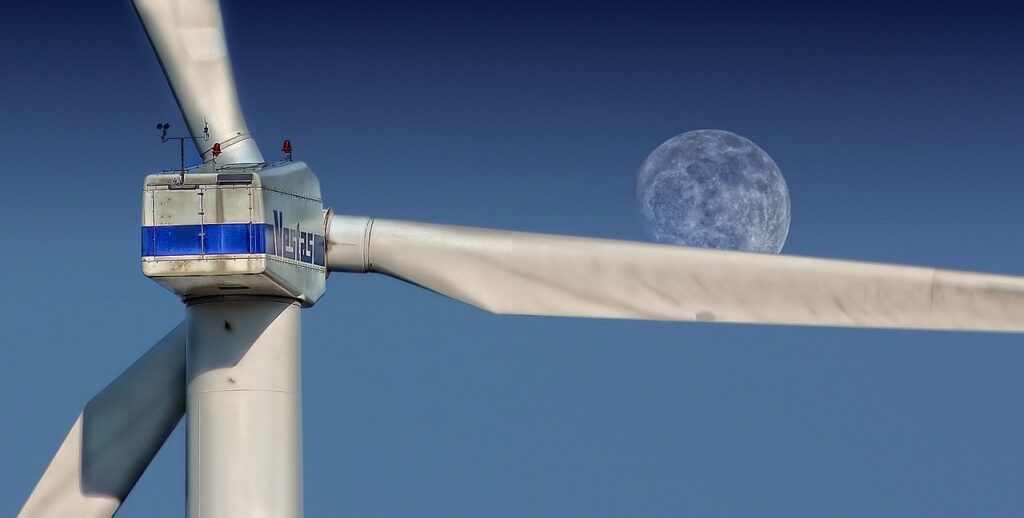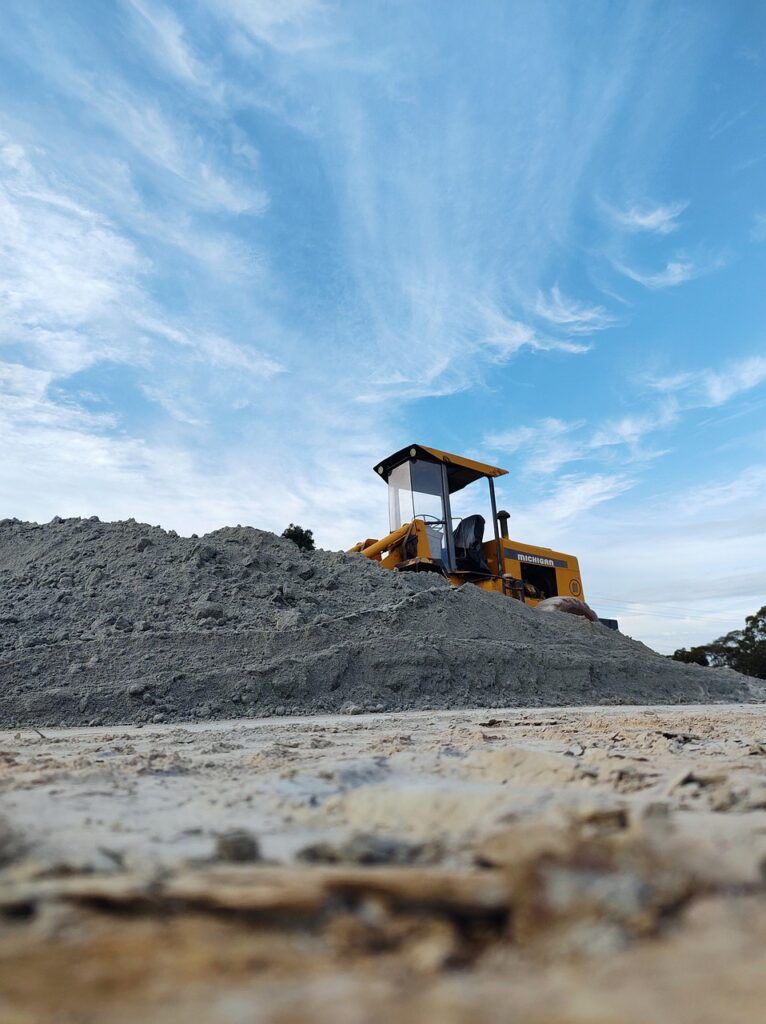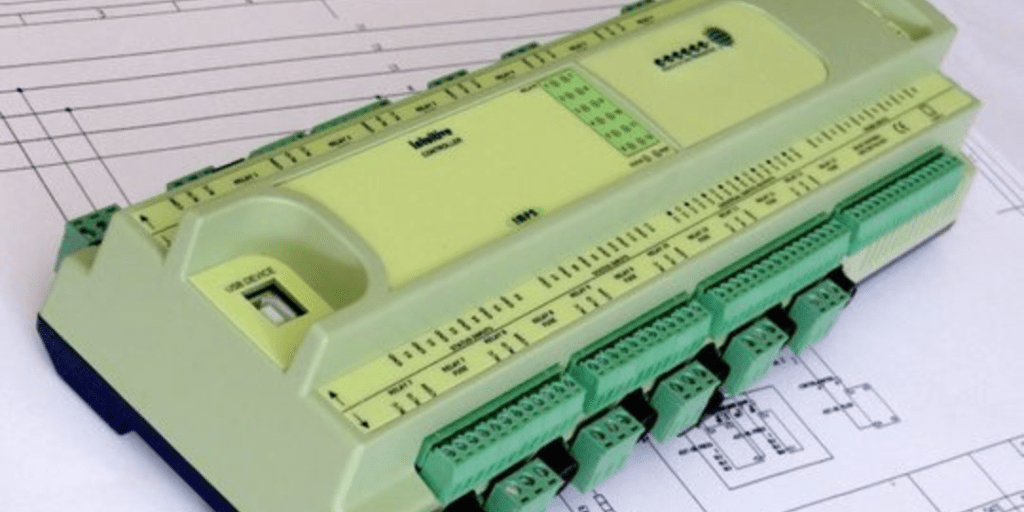The UK’s commercial refrigeration market (the ‘Cold Chain’) is estimated to be worth over £8.5 billion, growing to around £12.5 billion by 2028(Source: Cold Chain Federation – Feb 2024).
Achieving this potential growth, and driving it towards the UK’s Net Zero targets, will rely on close collaboration between the industry’s innovators, end-users and legislators.
Steve Shipp, Managing Director of Ultra Refrigeration, looks at some of the trends in commercial refrigeration that will shape this growth.

Making our own energy

As we move towards a fully electric economy, it makes sense for operators to sustainably manufacture and store their own energy to reduce their reliance on the grid and the costs associated with that use.
Once the generation and storage infrastructure is in place then businesses can more effectively insulate themselves from the future volatility of the energy market.
In the drive towards Net Zero, and to offset the cost of any energy that has to be bought-in, there is an ever-increasing drive towards system efficiency. As we’ve said before, we would encourage taking steps towards efficiency sooner rather than later; all the time we do nothing, we leave ourselves with less time to make the difference to move towards Net Zero, and more difference to make up.
Let’s talk refrigerants

Perhaps the most important influence on the future of commercial refrigeration is the direction of travel of the legislation surrounding refrigerants. As of today, we still don’t know what the UK will do in terms of F-Gas regulations; will we harden the rules as adopted in the EU, or will we follow a slightly different path?
The current uncertainty is a ‘momentum killer’ for the industry. For end-users looking to make investment decisions on equipment that may last 15, 20 or even 30 years, there needs to be certainty that their equipment will not be made redundant or uneconomic to run by any future legislative changes.
So how do we go about advising our customers on the best refrigerant to use?
As engineers, the right course of action is to select the refrigerant that is best suited to the system being designed, which might not necessarily be the one with the lowest GWP. Our view is that, when you’re choosing between two refrigerants with relatively low GWPs (say 239 in the case of R454A and 148 for R454C), then there is very little to choose between them in their global warming impact. They are both far below the GWPs of the past (in the 1000s), so in that regard the spadework has already been done.
Given that R454A may perform better than R454C in terms of cooling capacity, the lifetime running cost of the system for a particular application, our inclination would be to choose itdespite its slightly higher GWP. However, it looks as though future legislation, if we follow the EU, may very well act arbitrarily against this more efficient choice of refrigerant if it limits the use of refrigerants with a GWP of over 150.
CO2 (R744) and Propane (R290)
The tightening of F-Gas regulations will also bring the use of CO2 (R744) as a refrigerant a little more under the microscope.

Who can forget the summer of 2022 when temperatures peaked at over 40°C for several days? The Met Office says that not only was 2022 the first year in the UK when temperatures of 40°C+ were recorded in the UK, but it’s alsoa potential warning of what we should regularly expect in the future.
My memory of that period was of supermarkets (running CO2 systems) having to close their chilled and frozen food aislesand throw food away because their systems could not cope at that ambient temperature. Just when the need for refrigeration was at its greatest, CO2 systems failed.
Worse than that, because of the high pressures involved, CO2 was regularly and routinely vented into the atmosphere as a way of controlling system pressure (particularly if that system had been extensively ‘value engineered’).
While CO2 does have a GWP of 1, its impact on the environment when vented is far from neutral. It is not simply adding back CO2 that was removed from the atmosphere to make the refrigerant (that’s not how it’s made) – it adds to the net volume of C02 in the atmosphere. That’s working directly against our drive towards Net Zero.
In future, CO2 will be brought under the banner of the F-Gas regulations, which places a legal requirement on installers and users of CO2 to be properly certified. However, there will be no requirement to monitor and report on CO2 usage in relation to leak rates, or on venting. Shining a spotlight on the true levels of CO2 being released into the atmosphere would be a very interesting examination of whether CO2 really does represent the future for commercial refrigeration systems.

Interestingly, Tesco has already recognised that predicted higher ambient temperatures will change the types of systems they select in future, citing advanced control strategies as one of the ways forward. More on smart controls below.
And CO2 is unlikely to ever become the mainstream refrigerant for smaller applications, convenience stores for example, which still represent a huge proportion of the market. CO2 systems are simply too expensive – in terms of capital costs and running costs – to be considered. Also, outside of the large organisations that have invested in CO2 as their refrigerant of choice is the lack of experience amongst engineers expected to install, service and maintain equipment in the convenience sector and symbol group retailers.

In this market we’re seeing a move towards the use of integrals running hydrocarbon refrigerants (e.g. propane, R290), which at first glance seems to be a neat way of navigating the hydrocarbon charge limitations. The engineering technology is largely the same as typical systems that have been employed for decades on DX refrigeration.
It does, however, require the management of the additional heat within the store and many are solving this problem by installing air-conditioning. This is a solution we saw widely used 20 plus years ago but does nothing to address the energy reduction targets we’re trying to meet today.
History has a way of repeating itself.
Innovation in how R290 can be applied may see some interesting energy efficient solutions coming to the fore.
Smart controls are the way forward
We can operate a commercial refrigeration system more efficiently by taking a holistic view of its performance. Good data is key to the operation of smart control. We’ve explored this topic in some detail in our blog: ‘Innovative refrigeration system design for energy saving and sustainability’. Read more here…

Nurturing engineering talent

One of the key factors in driving the trends in commercial refrigeration will be the quality of the refrigeration engineersthat will help shape that future. We, at Ultra Refrigeration, have seen the value in nurturing young engineers and we are now reaping the benefits of the time and effort we’ve put into them. We have found it’s more valuable to develop our own talent rather than buy in supposed expertise. Our home-grown engineers are steeped in the way we work and the standards we want to live up to, which will ensure Ultra’s successful future.
But the bigger picture for the UK, and an important message for the refrigeration industry, is that we need to respect and reward our engineers – our problem-solvers and innovators – for the value that they create and for the Net Zero future that they will help achieve.
If you would like to discuss aspects of your existing refrigeration equipment, or want to talk about a new project, please get in touch by emailing us today at info@ultraref.co.uk or calling us on +44 (0) 330 2232404.
